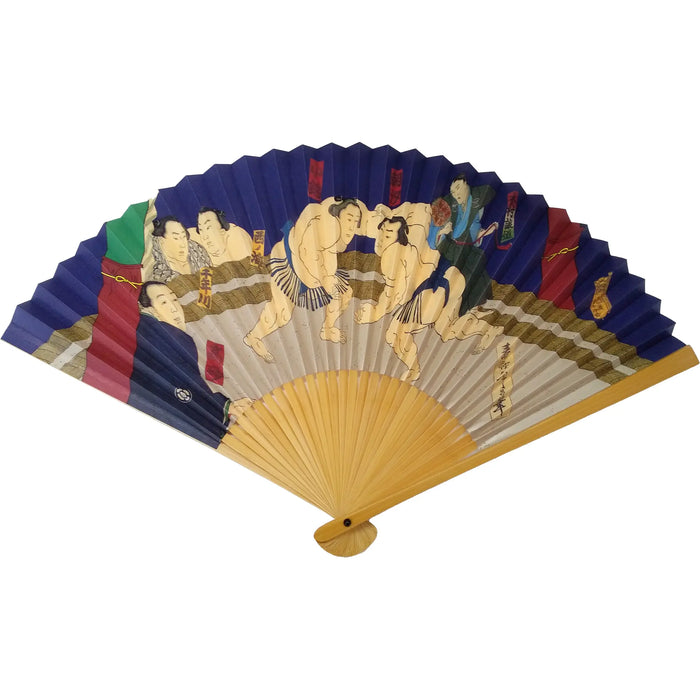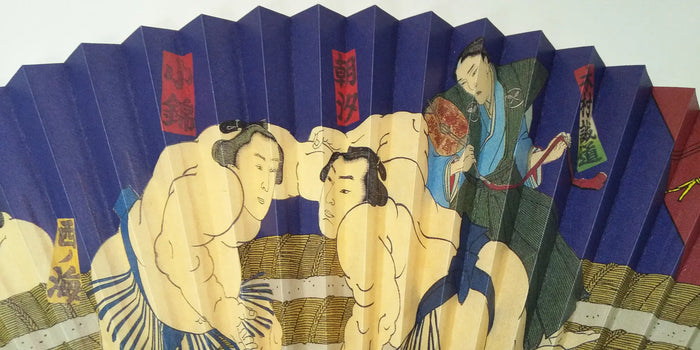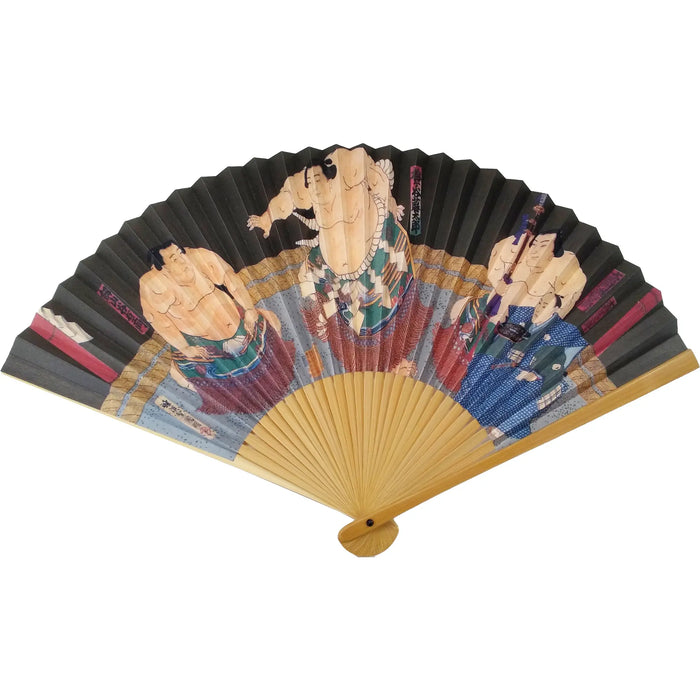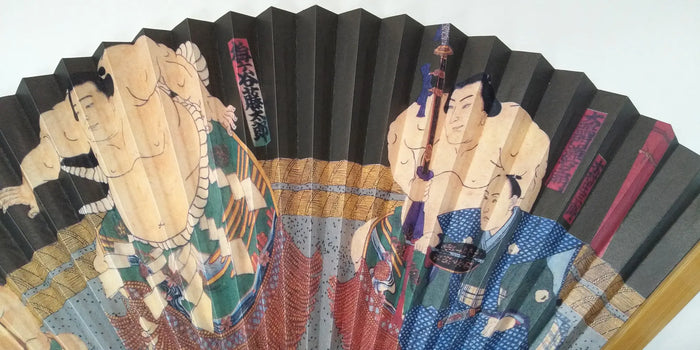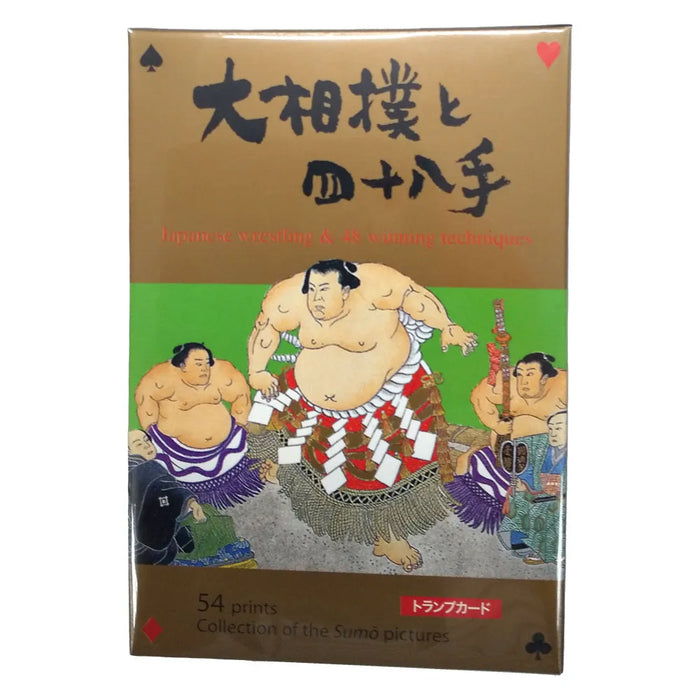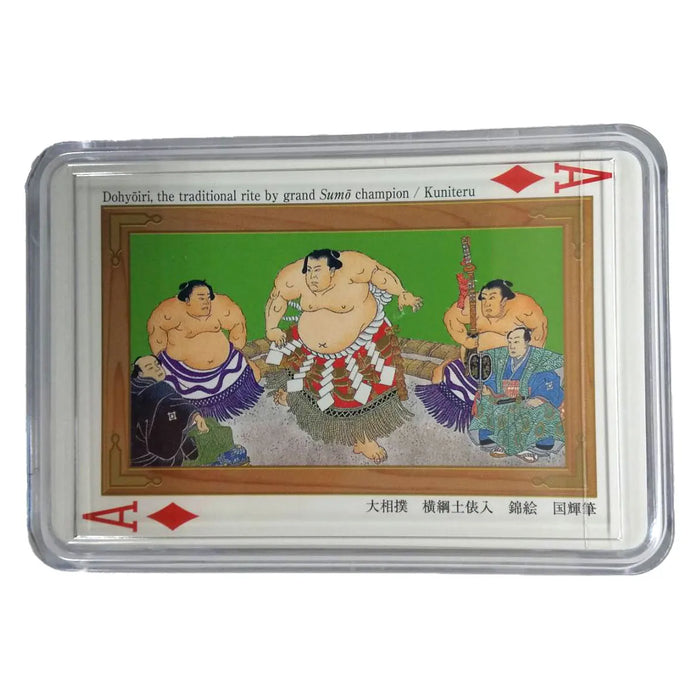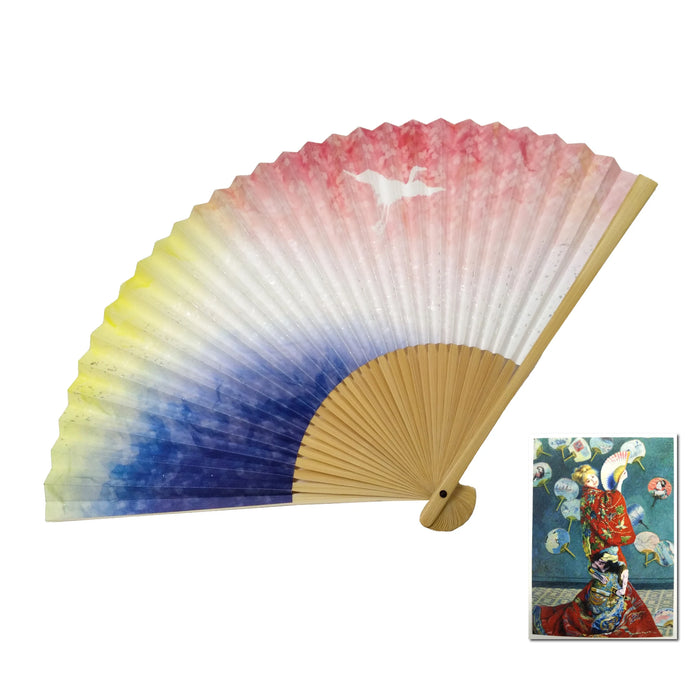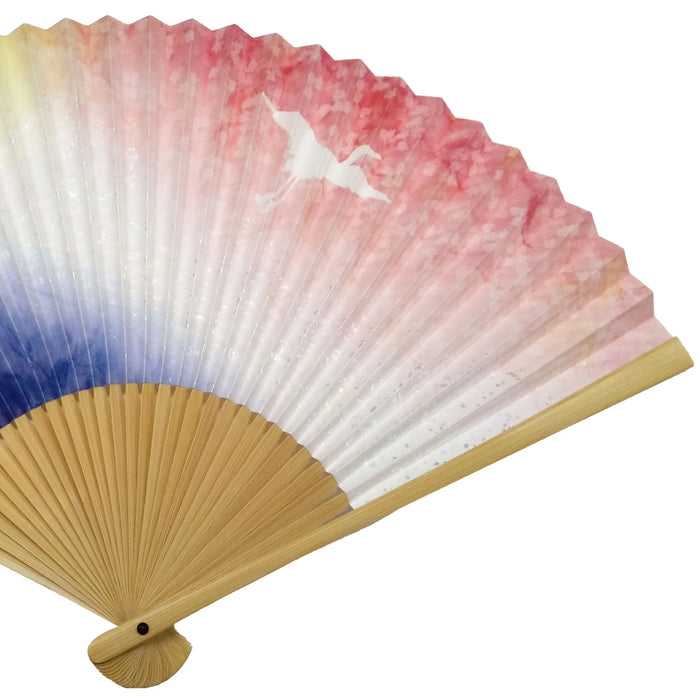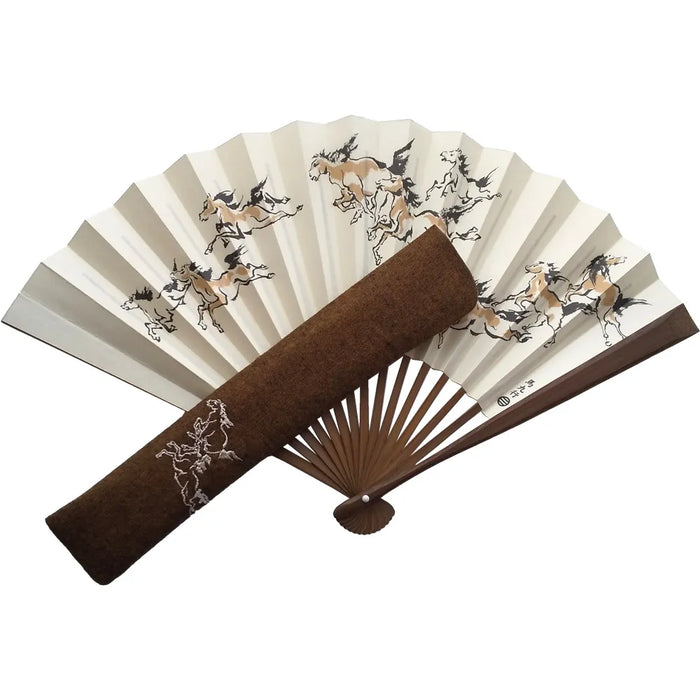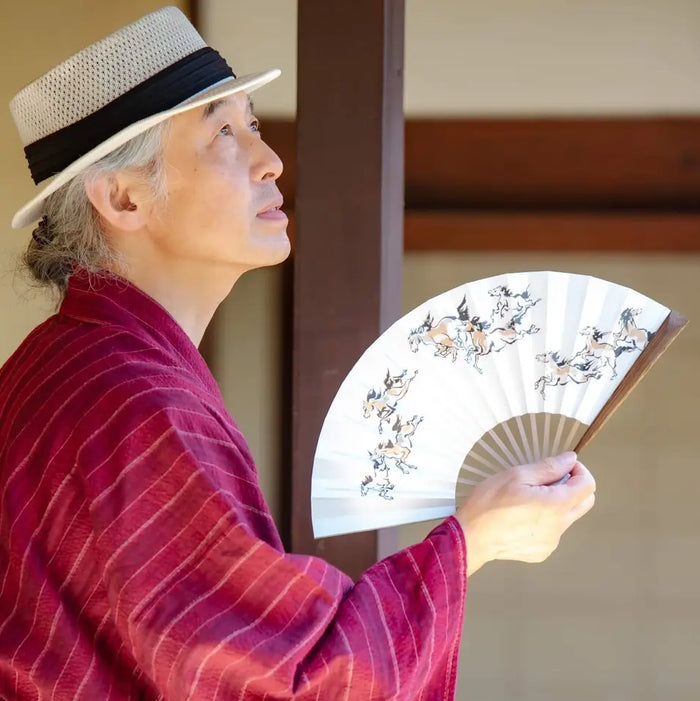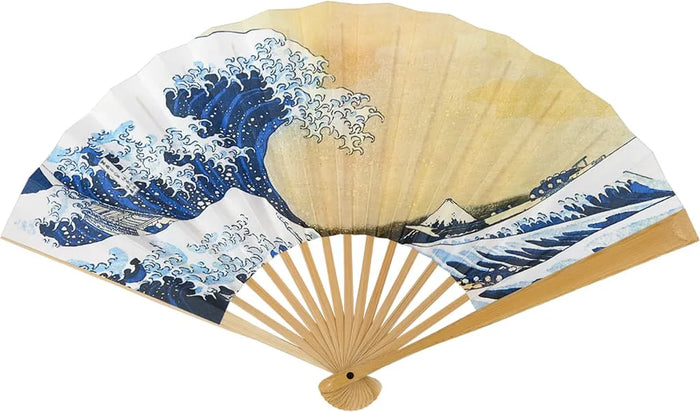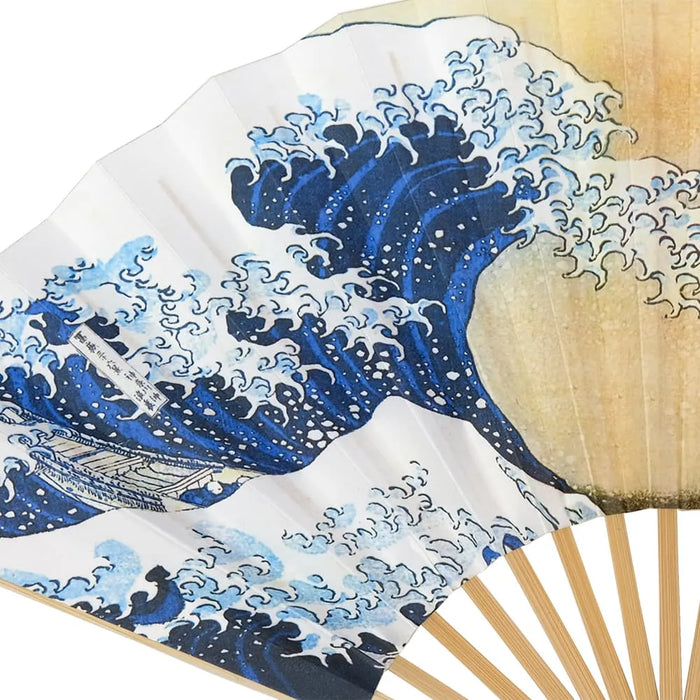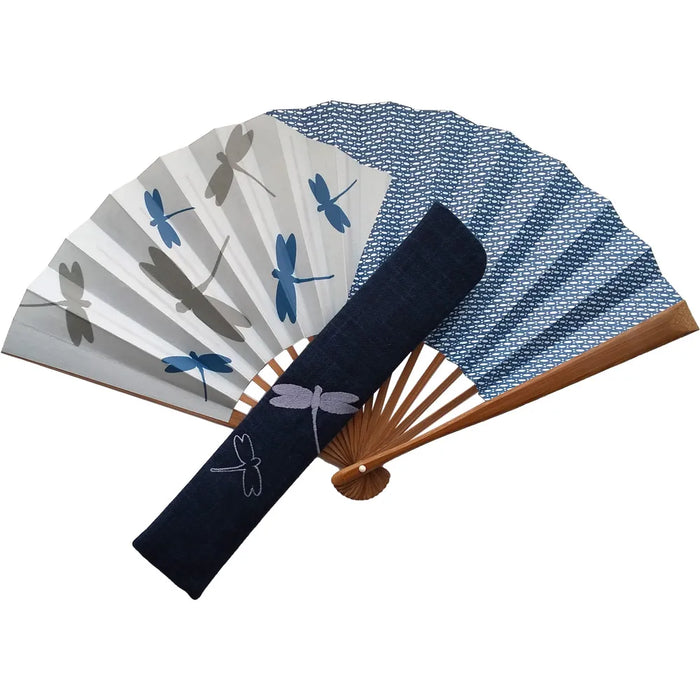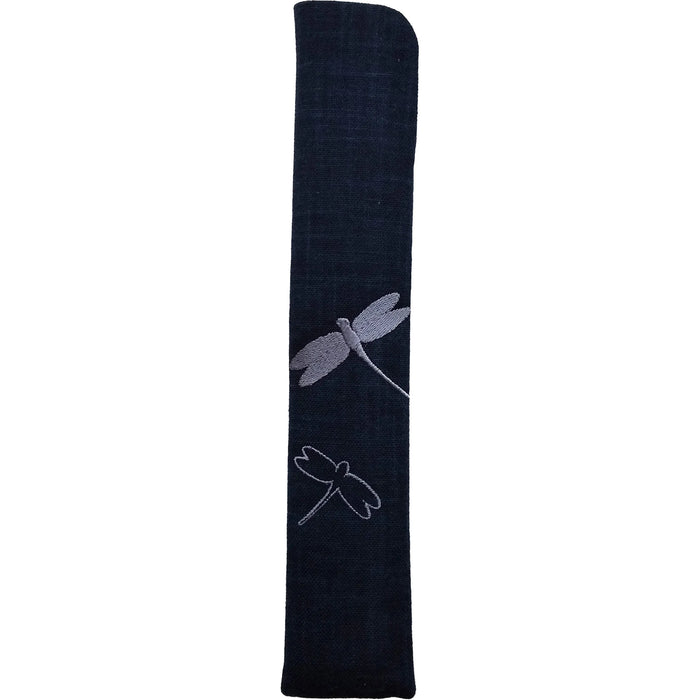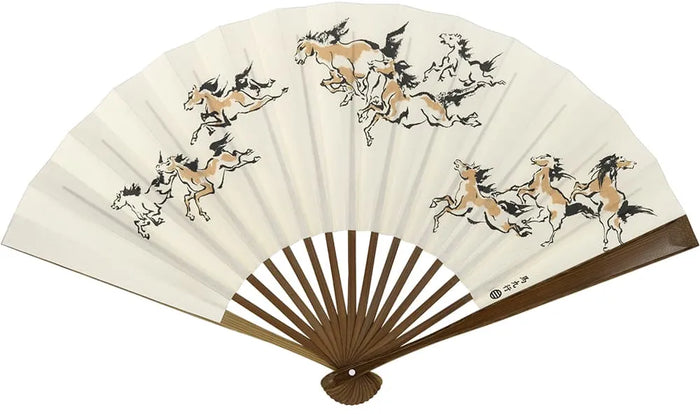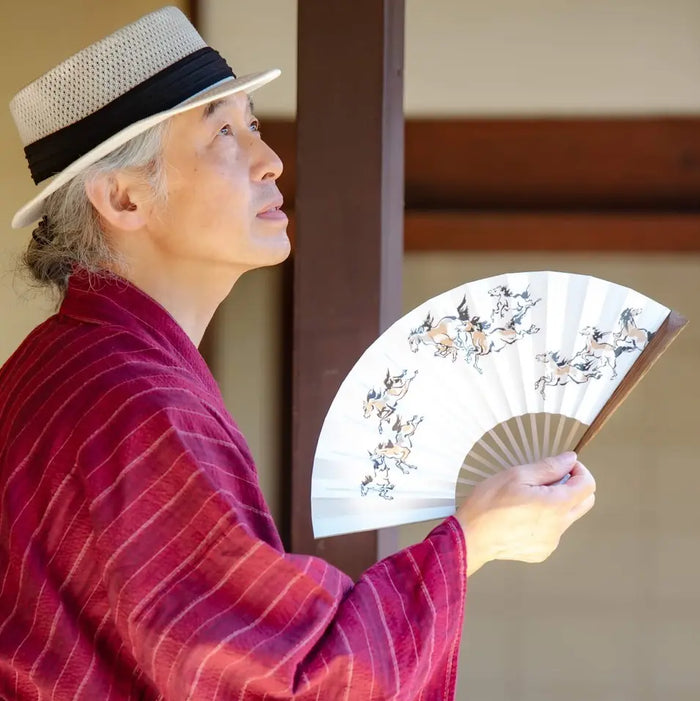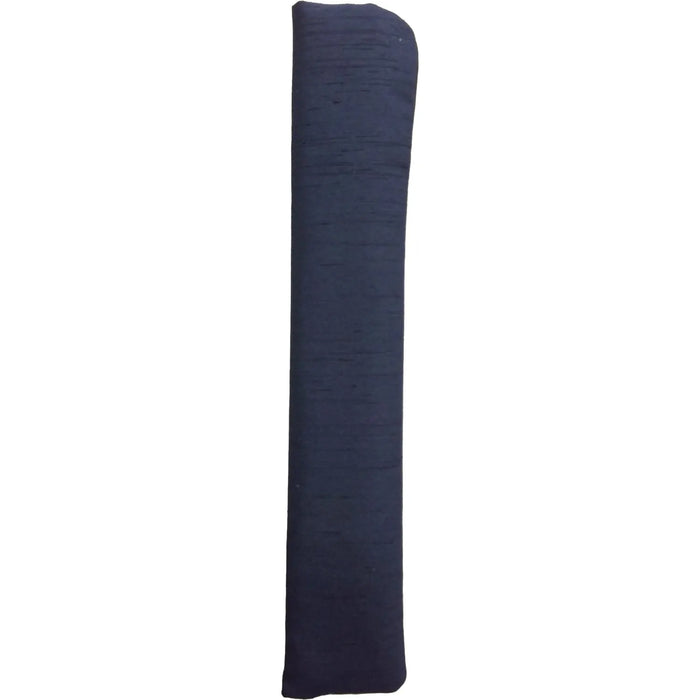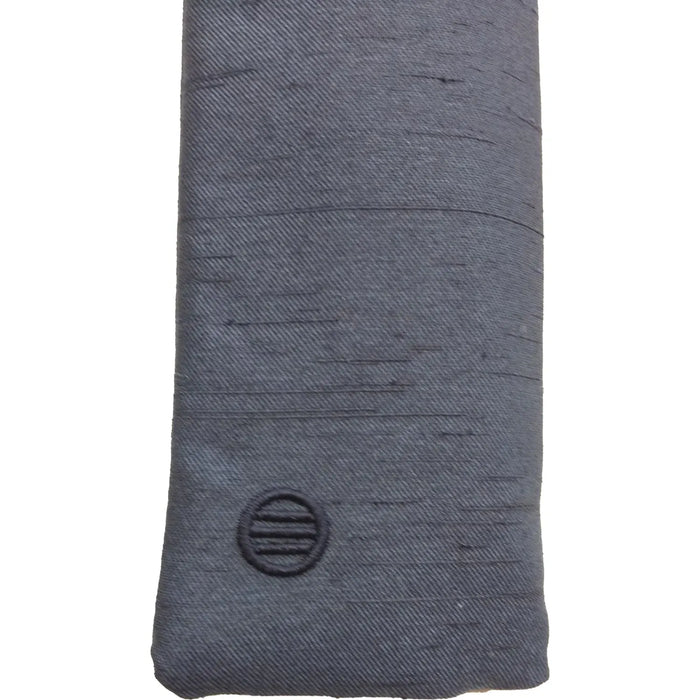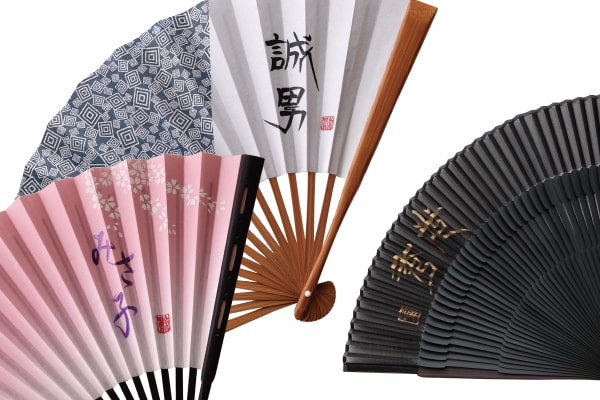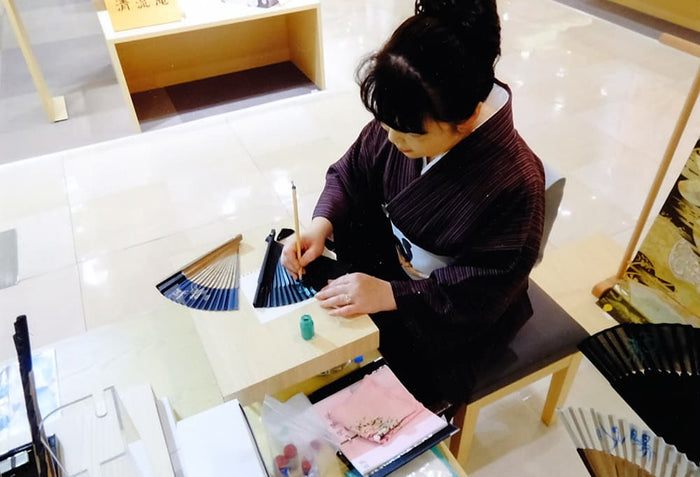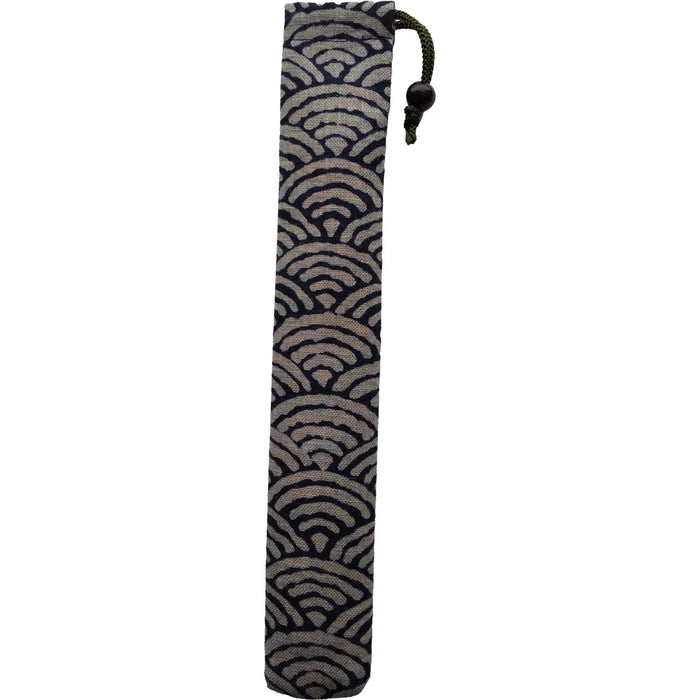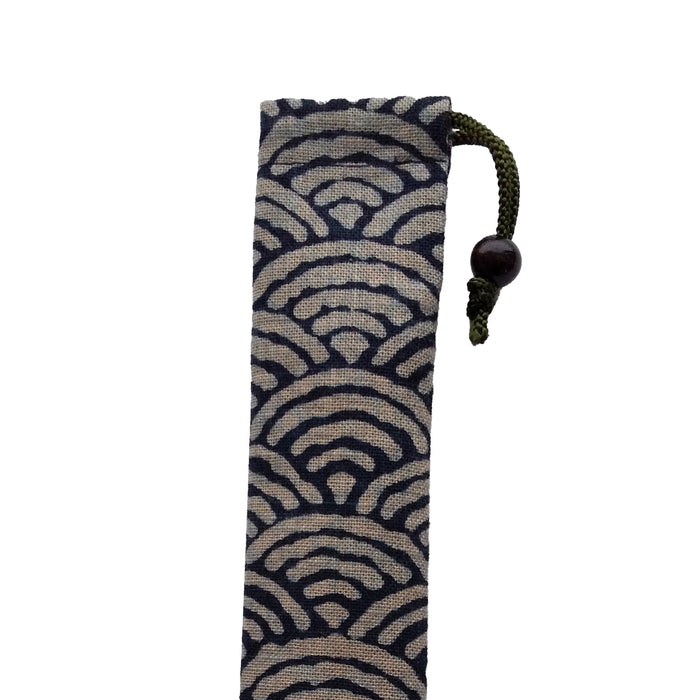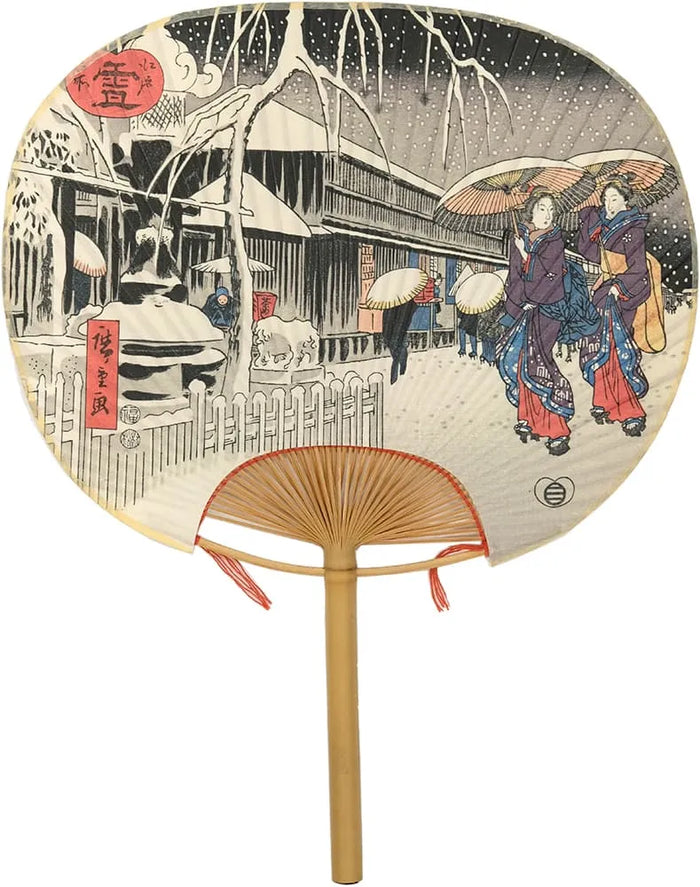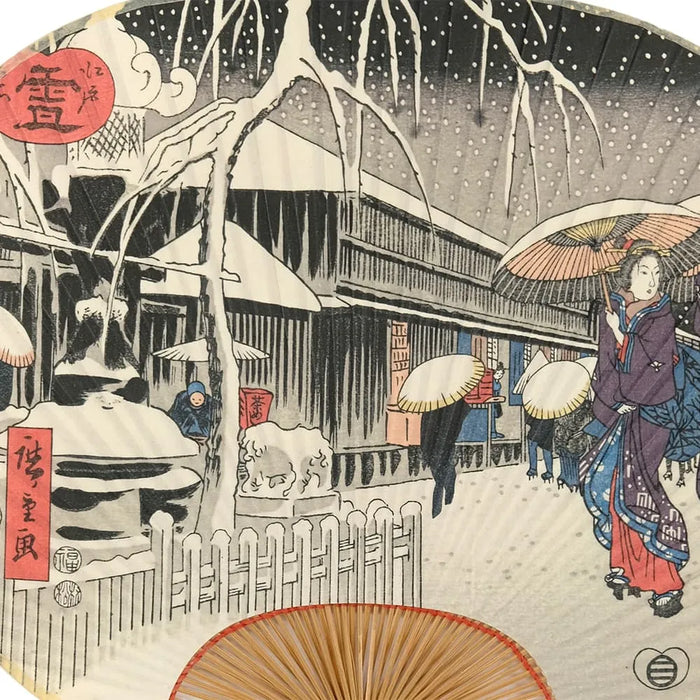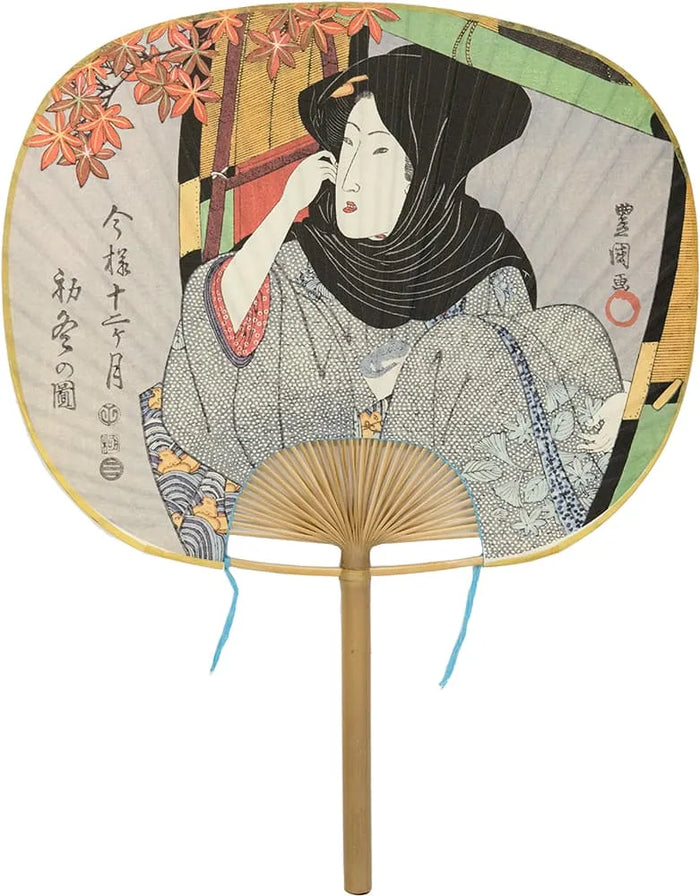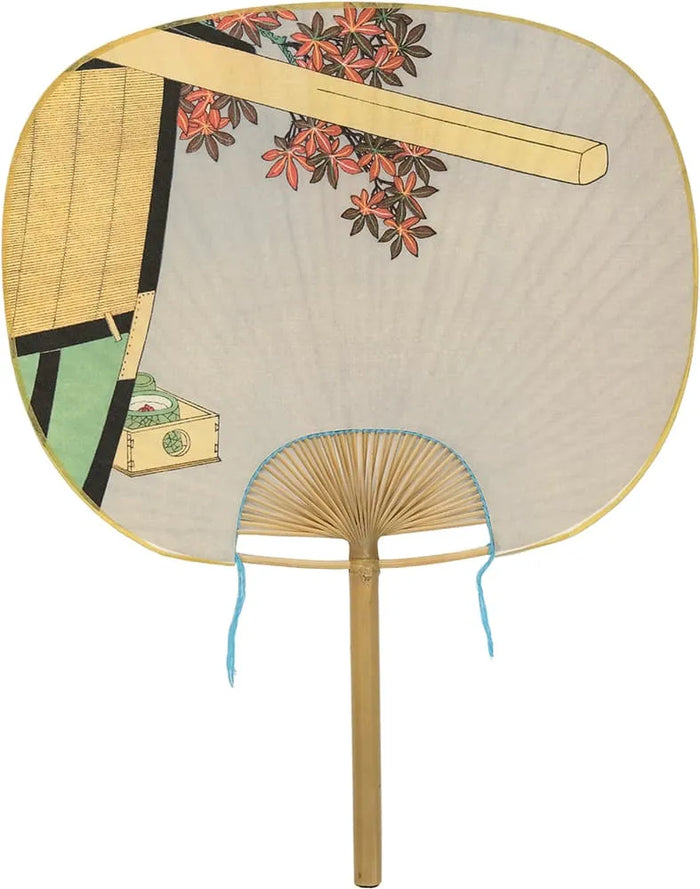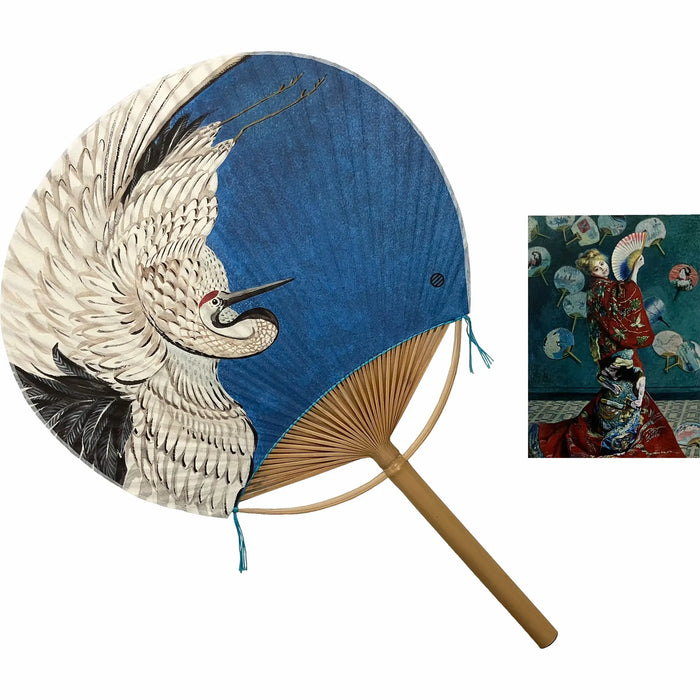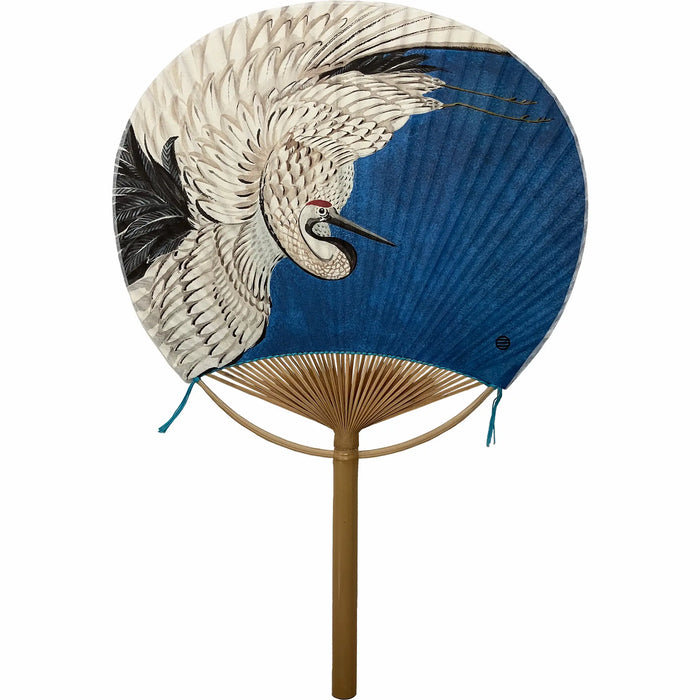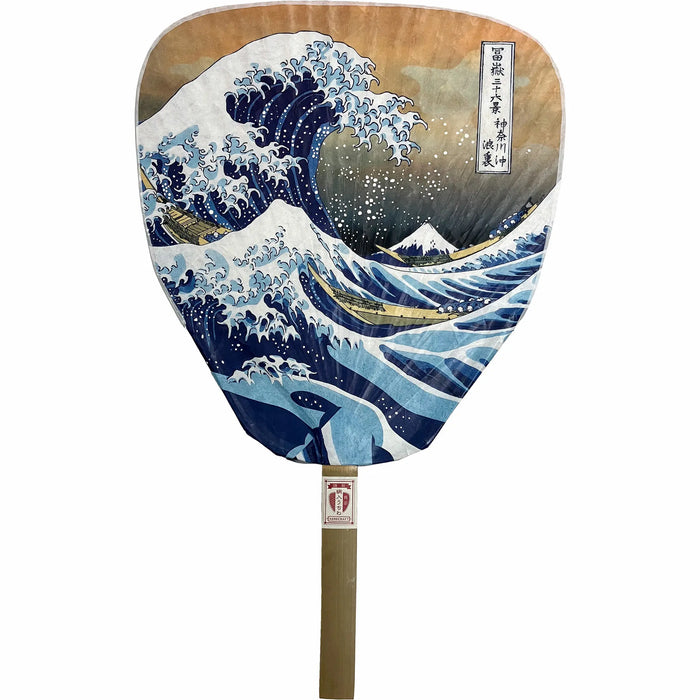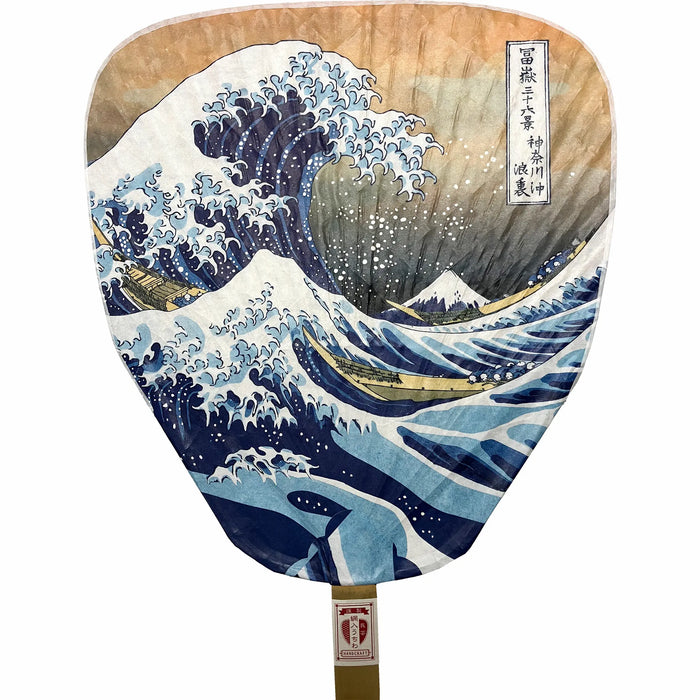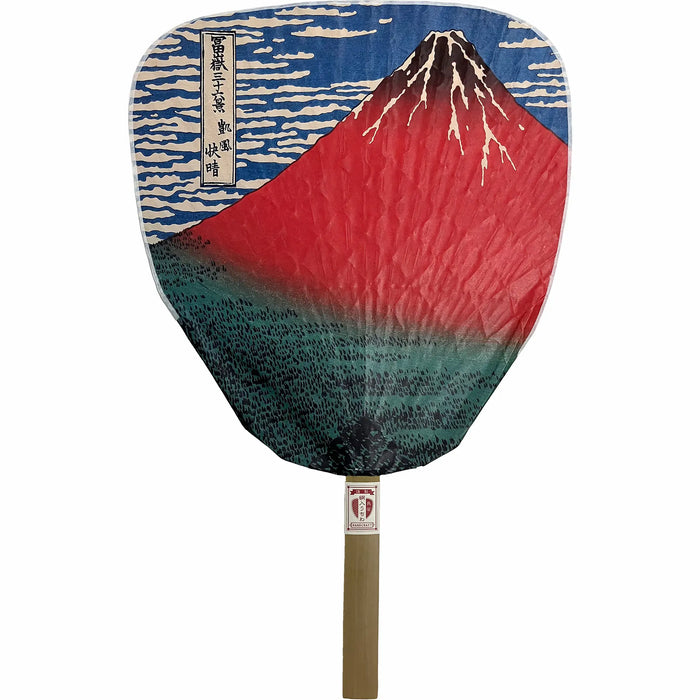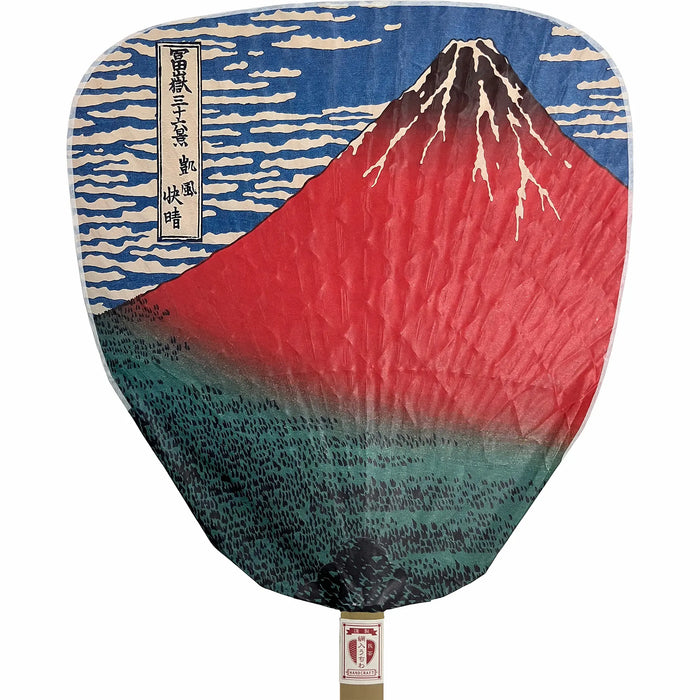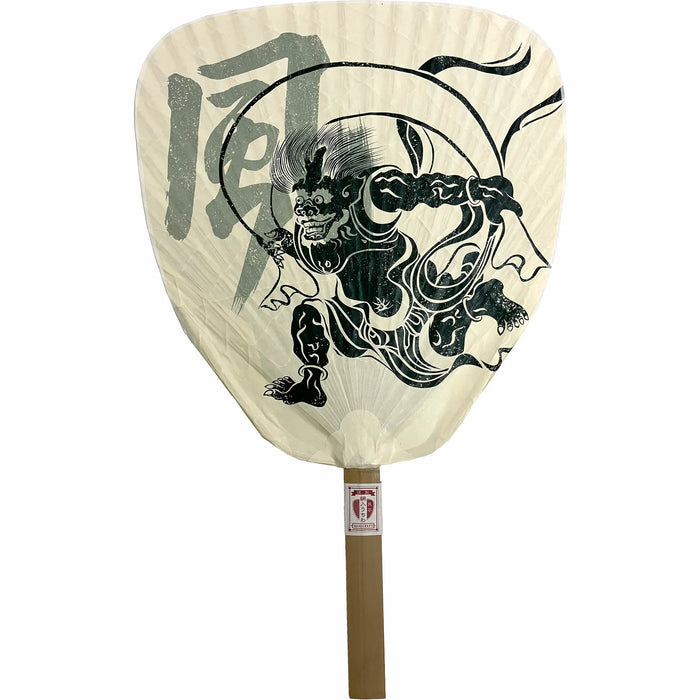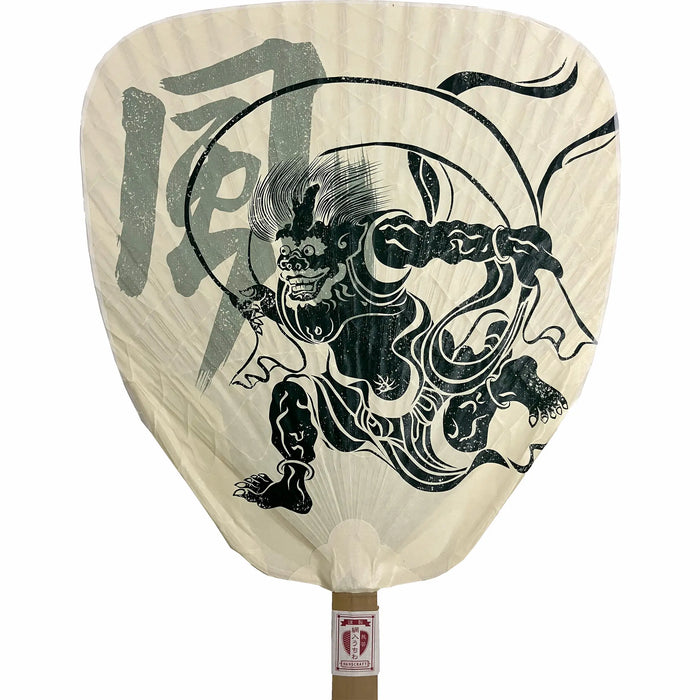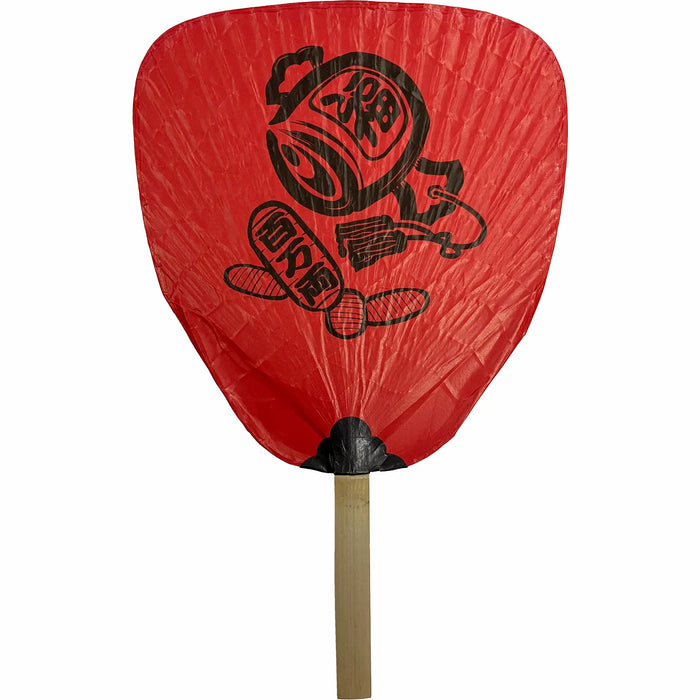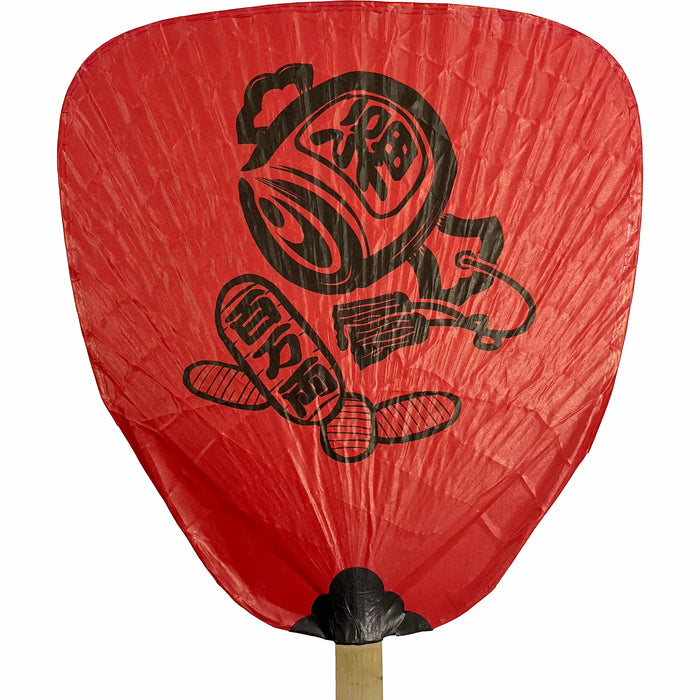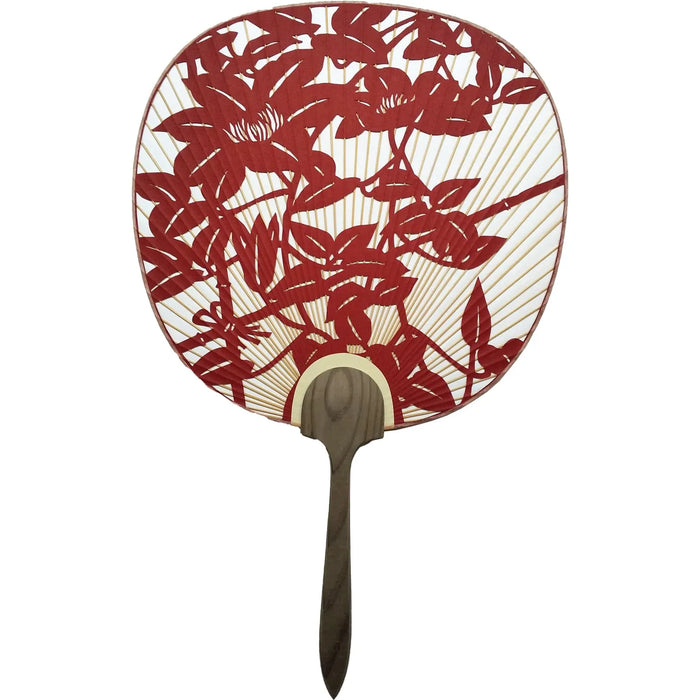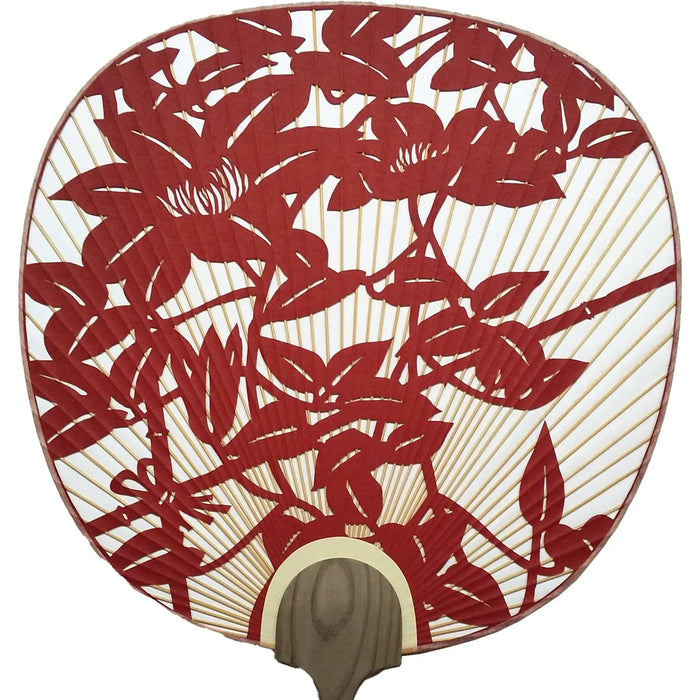What to wear to a Sumo match? How to choose what to wear and what to bring
Sumo, the national sport of Japan, is a traditional sport with a long history. Although it is famous worldwide as a sport that symbolizes Japan, surprisingly few people have actually been to a sumo match. The appeal of watching a sumo match lies in the intensity that cannot be experienced live on TV, such as the fiercely competitive clashes between rikishi wearing mawashi (a ceremonial kimono) and the atmosphere in the venue filled with excitement. However, many people may be at a loss as to what to wear when they go to watch a sumo match. In this issue, we will introduce the manner in which to dress for a sumo match, what to bring that is useful, and how to enjoy the event.
Are there any regulations on what to wear when watching sumo matches?
There are no strict rules or regulations on what to wear when watching sumo matches. As you can see from the TV broadcasts, you are free to dress in either Japanese or Western-style clothing. There is no need to wear a suit, kimono, or other formal attire, so you can wear whatever you like to watch the matches.
However, please avoid outlandish or revealing clothing that may bother others around you, and try to enjoy dressing up or coordinating within the bounds of common sense. There are no regulations or rules, but due to the nature of the seating, there are a few points to keep in mind when choosing your attire.
Points to consider when choosing clothing for a Sumo match
You are free to dress as you wish, but there are a few things to keep in mind when choosing your attire. Here are some points to keep in mind when selecting clothing based on the style of sumo match-going and the characteristics of the seating.
Wear comfortable clothes that allow you to sit for long periods of time.
There are three types of seats for watching sumo, in order of proximity to the ring: tamariseki, masu-seki, and chair seats, the most famous of which is the masu-seki. Tame-seats can only be applied for by lottery, but they are extremely popular and tickets are difficult to obtain. Also known as "sunakaburi seating," these are seats on cushions that allow spectators to watch the matches so closely that sand from the ring is pouring down on them. Masu-seats have cushions for four people laid out in a square partition. Chair seats are often located on the second floor and are the furthest away from the ring.
Since you will be sitting and watching the games for long periods of time, it is recommended that you choose comfortable clothing that is not constrictive. Both men and women should avoid tight pants such as skinny jeans. For women, it is also safe to avoid short mini-skirts. Women should choose bottoms that allow them to sit comfortably, such as long skirts below the knee or loose-fitting elastic pants. Avoid wearing large hats that block the view of others around you, and remove hats when you reach your seat.
If you wish to watch the games wearing a kimono, yukata, or other Japanese garment, be somewhat cautious. The obi will constrict your body, so if you are unsure about this, we recommend that you wait until you are accustomed to wearing it and comfortable before watching the games.
Choose footwear that is easy to take off and put on.
Since it is necessary to take off your shoes to sit in the square seats, choose footwear that is easy to remove, such as sneakers you are used to wearing. This will also make it easier to leave your seat when you go to the restroom or concession stand.
Also, the venue has many stairs and steps, so it is best to avoid pinwheels and other unstable footwear. There are no shoe boxes, and footwear must be placed under the seats, so bulky footwear such as long boots should also be avoided.
Keep carry-on luggage such as bags small.
The space for one person in a masu-seat is about the size of a sheet of cushion, and many people find it to be smaller than they imagined when they actually sit down. If you have a large bag or two or more pieces of luggage, you may not be able to place them in your seat. Try to keep your luggage as small and compact as possible to avoid taking up too much space.
Things that are useful to have with you when watching sumo
If you are going to watch sumo for the first time, we recommend that you be well prepared so that you can fully enjoy the attraction of sumo. Here are some useful things to have with you when watching sumo.
Radio
If you plan to watch sumo at Ryogoku Kokugikan, be sure to bring a radio. You can listen to "Dosukoi FM" (83.4 MHz) inside the hall, so you can watch the matches while listening to the commentary by the stablemaster. Since "Dosukoi FM" is available only inside the pavilion, you can enjoy it only at the pavilion.
Opera glasses or binoculars
If you are seated in a square seat far from the ring or in a chair on the second floor, it may be difficult to see the action. If you use opera glasses or binoculars, you can see the expressions on the wrestlers' faces and enjoy the realistic atmosphere of the event.
Seiza chair
Masu-za seats are narrow, so you will have to sit with your knees bent, either sitting on your knees, slouching, or kneeling on your knees. Many people experience numbness in their legs due to stagnation of blood flow, or pain in their lower backs due to a slump in posture. Bringing a folding seiza chair allows you to sit compactly in a small space and reduces the burden on the lower half of the body. Bringing a seiza chair is recommended for those who have knee or back pain or who are uncomfortable in a floor-sitting posture for long periods of time.
folding fanand feathers
The air conditioning in the museum is adjusted for your comfort. However, you may feel too hot from cheering or too cold from the air conditioning. To make it easier to adjust your body temperature while watching the games,folding fanIt is a good idea to have a warmer or a cloak with you so that you can easily adjust your body temperature while watching the games.
Colored paper and magic pens
It is not permitted to talk to or ask for autographs from rikishi who have entered the venue before their bout, but you may ask for autographs from rikishi who have finished their bout and interview. You may also have a chance to meet the stablemasters of each stable. If there is a rikishi or stablemaster you admire, bring a piece of colored paper and an autograph pen.
Sumo fan, sumo wrestling match
- Regular
- ¥3,850
- Sale
- ¥3,850
- Regular
-
¥3,300
- Unit Price
- per
Sumo fan, ring-entering
- Regular
- ¥3,850
- Sale
- ¥3,850
- Regular
-
¥3,300
- Unit Price
- per
Playing Cards Sumo 48 moves 54 Prints Collection of the Sumo pictures
- Regular
- ¥1,980
- Sale
- ¥1,980
- Regular
-
¥1,980
- Unit Price
- per
Dress with common sense and enjoy watching sumo!
We have introduced how to dress for a sumo match and what items are useful to bring. Some people may have the image that you need to wear Japanese or formal clothes to go to a sumo match, but there is no need to be so self-conscious. Whether you are dressed in Japanese or Western-style attire, you are welcome to wear whatever you feel comfortable in. If you are going to the Masu-seat, it is best to choose clothes that you can sit comfortably, shoes that are easy to take off and put on, and a small amount of luggage. If you are going to a sumo match for the first time, please enjoy yourself by referring to the useful items we have introduced.
IbasenGrand Sumo Tournaments in Japanfolding fan
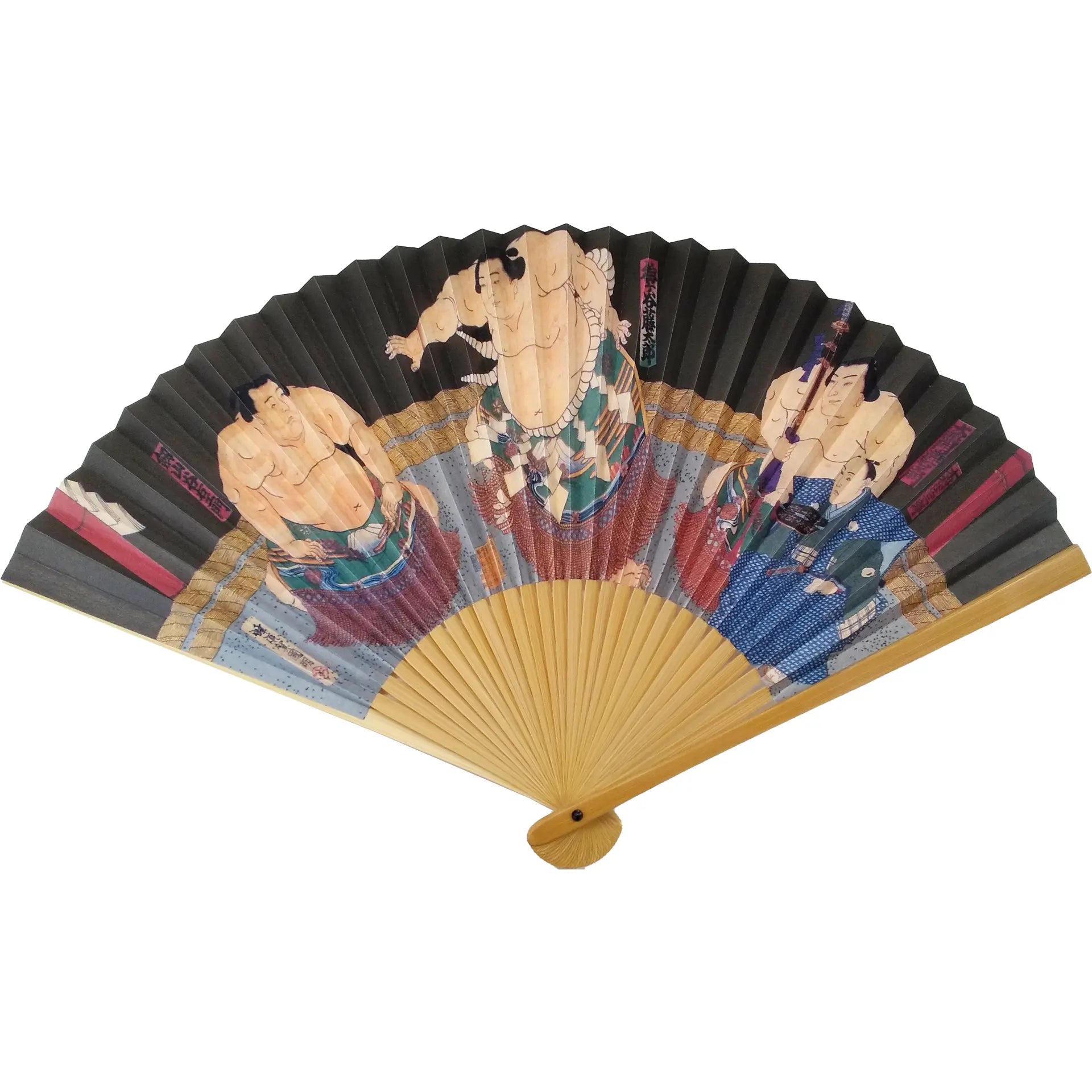
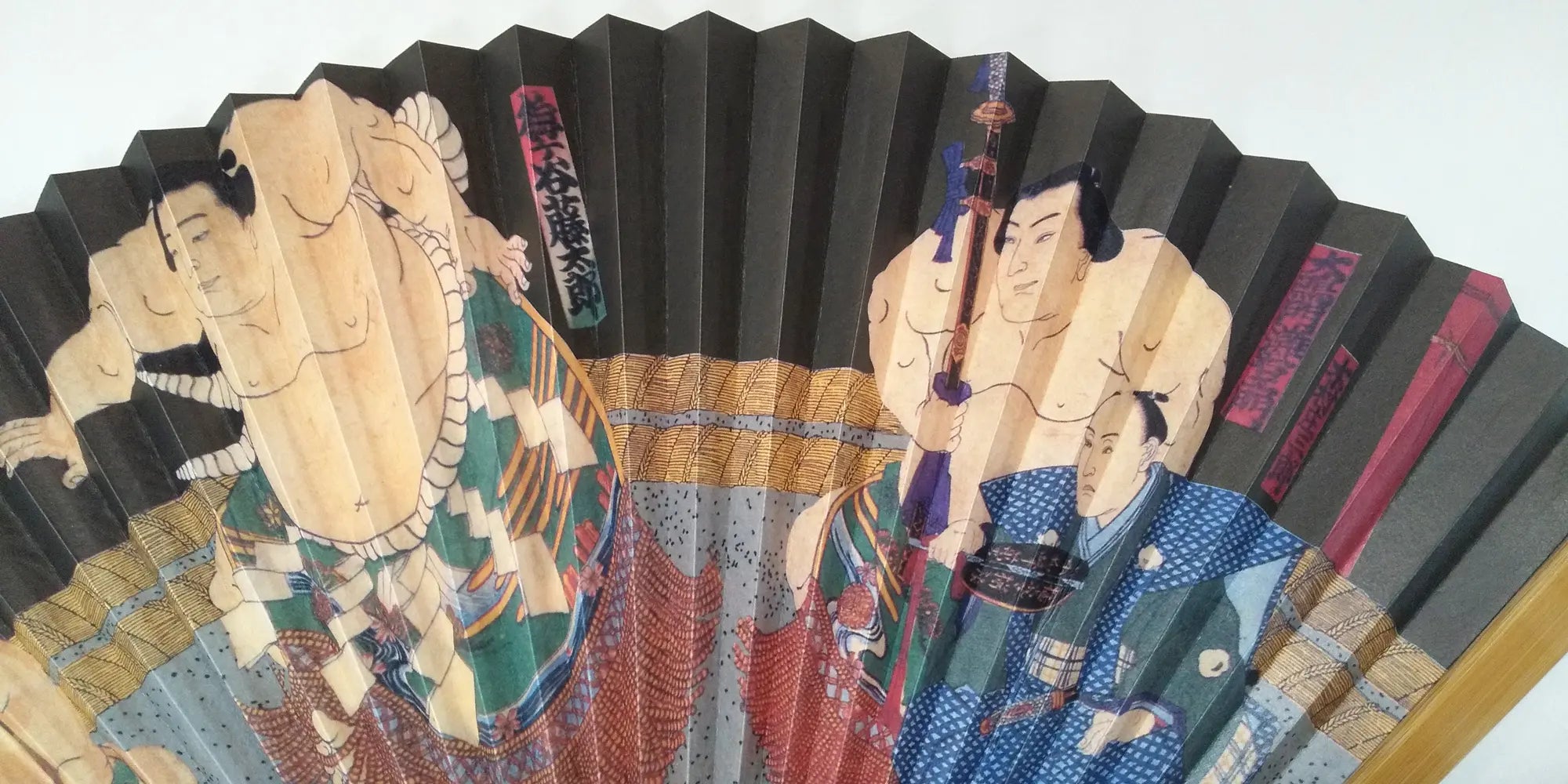
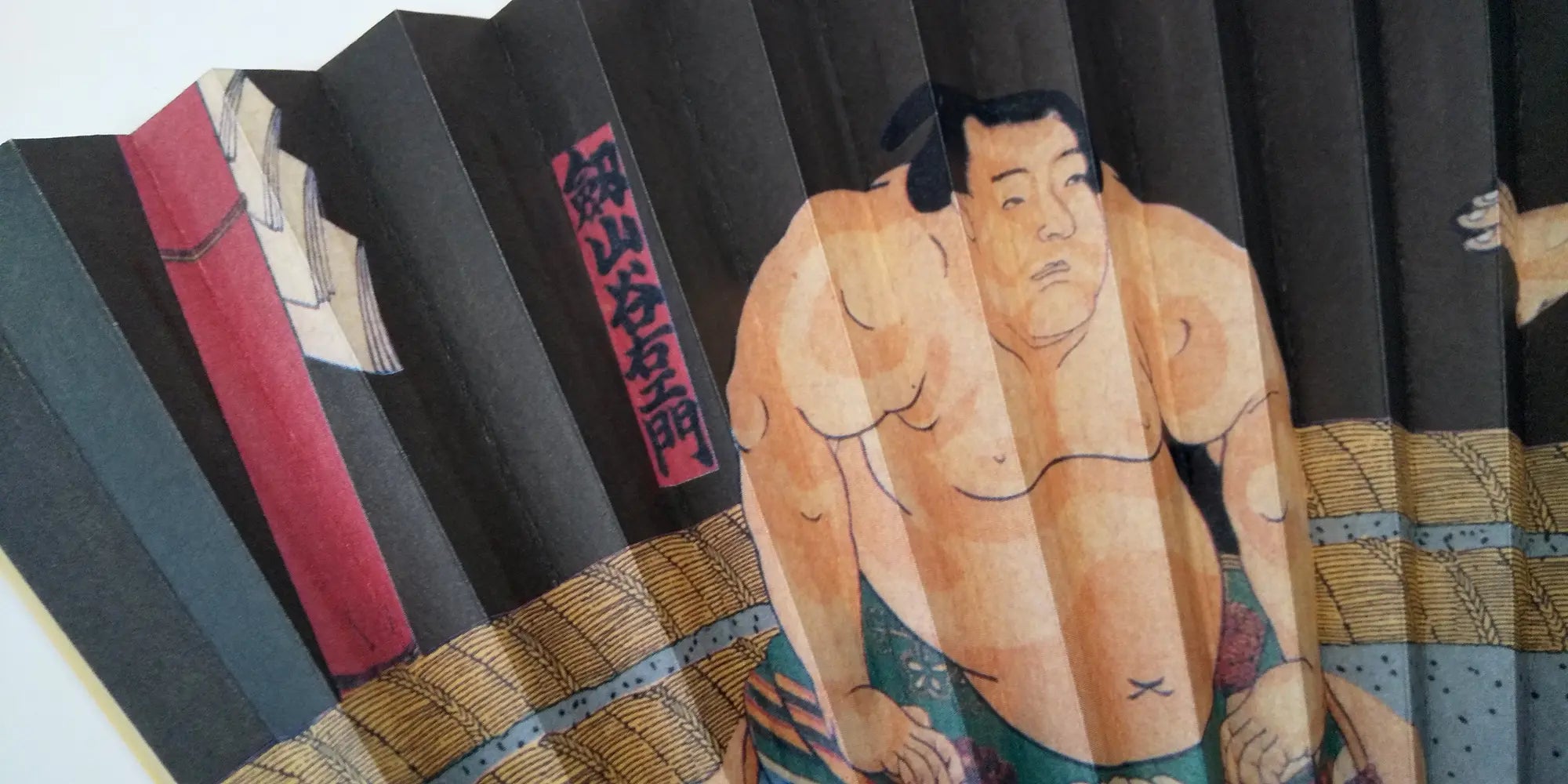
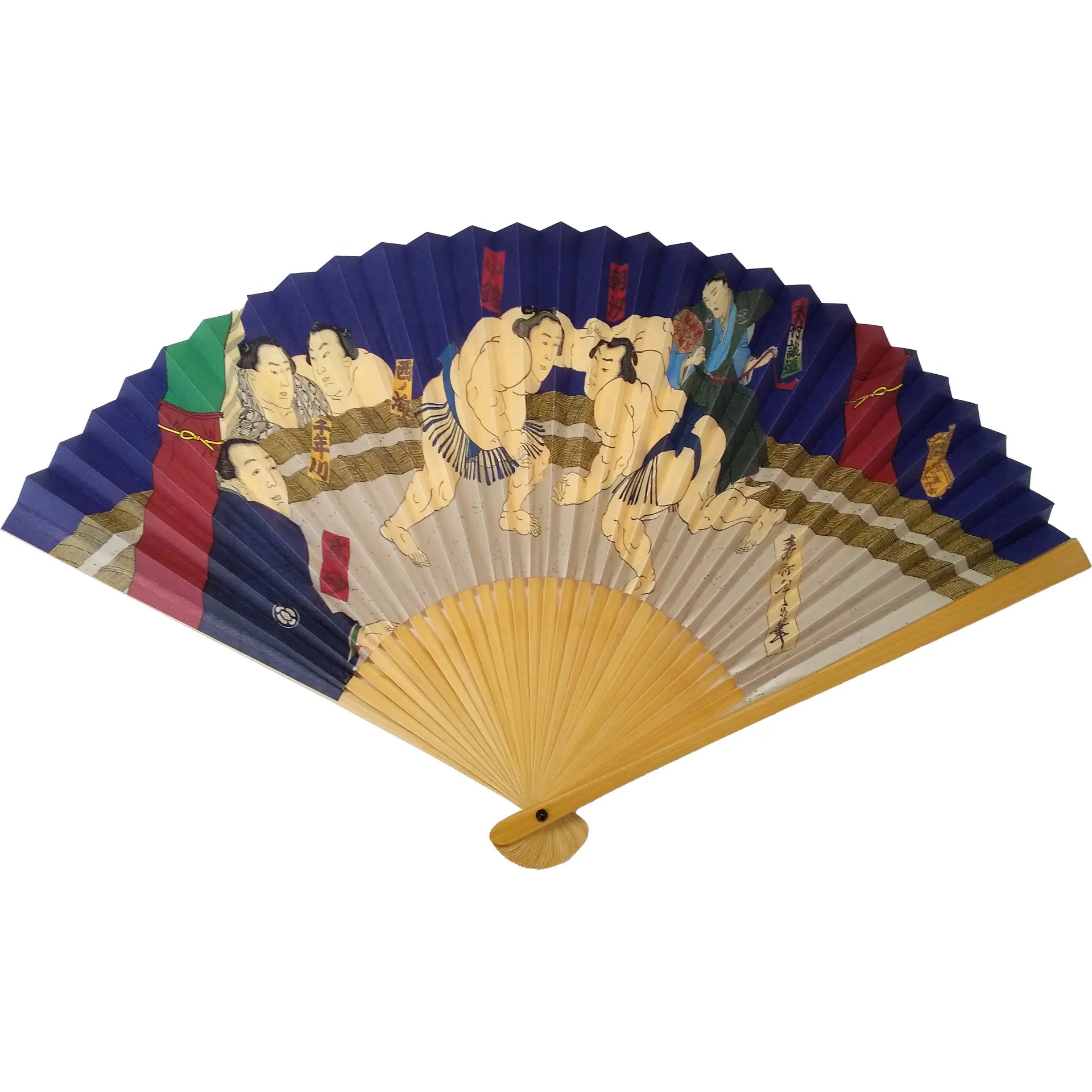
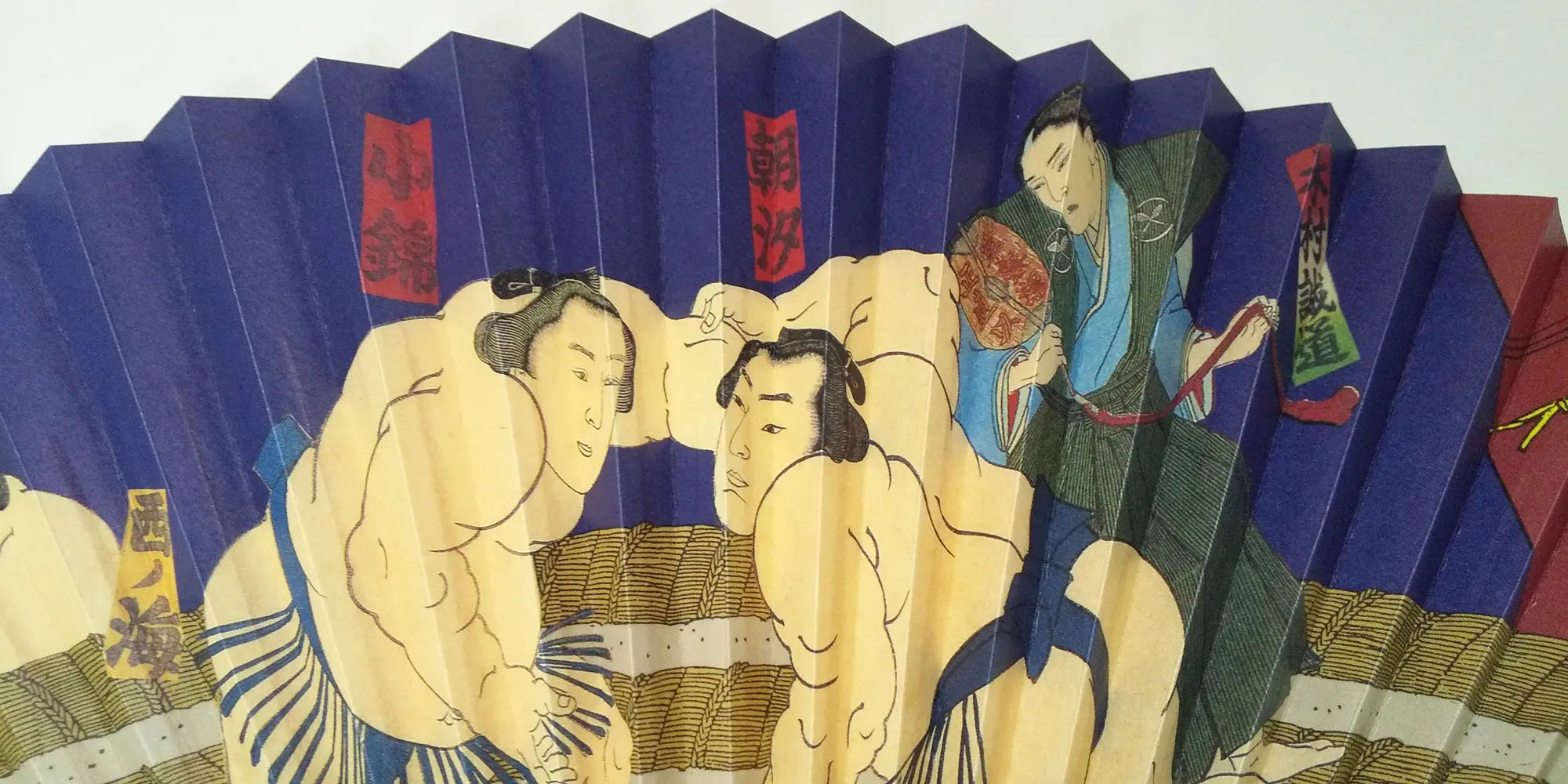
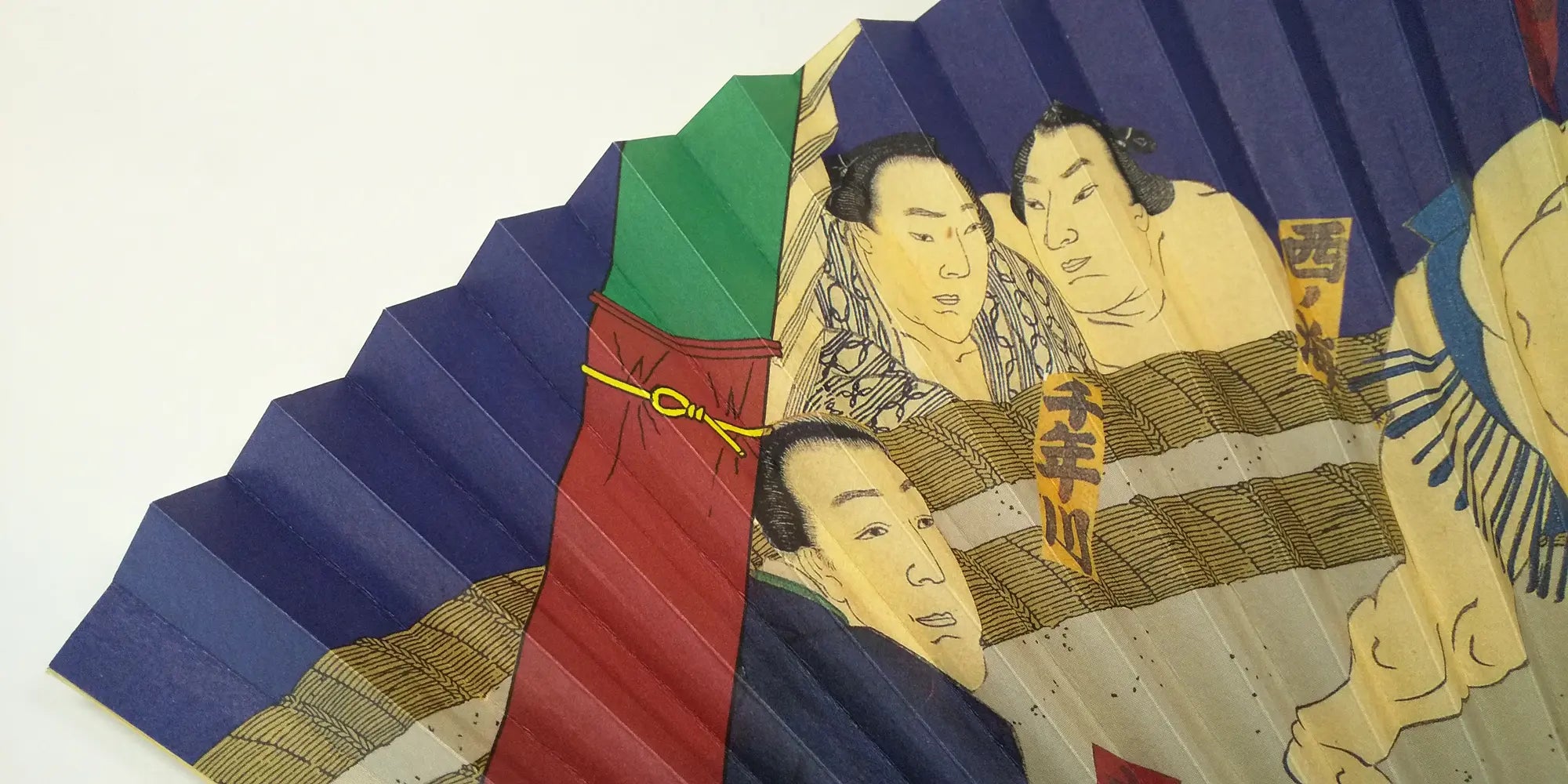
For watching sumo,folding fanandround fan(uchiwa) are also recommended.
Claude Monet, "La Japonaise"folding fan
- Regular
- ¥6,600
- Sale
- ¥6,600
- Regular
-
- Unit Price
- per
Edo fan set, No.15, Bakku-go (Going well)
- Regular
- ¥8,580
- Sale
- ¥8,580
- Regular
-
¥8,250
- Unit Price
- per
Edo fan No.2 Ukiyoe: Fugaku Sanjurokkei Hokusai, Kanagawa-oki Namiura
- Regular
- ¥6,600
- Sale
- ¥6,600
- Regular
-
¥4,510
- Unit Price
- per
Edo Fan Set, Dragonfly, Blue No.24
- Regular
- ¥11,330
- Sale
- ¥11,330
- Regular
-
¥9,900
- Unit Price
- per
Edo folding fan No.15 "Bakku go (It will go well)
- Regular
- ¥6,600
- Sale
- ¥6,600
- Regular
-
¥6,270
- Unit Price
- per
Ijasen Sensu Bags, indigo, for 7.5-size fans
- Regular
- ¥1,980
- Sale
- ¥1,980
- Regular
-
¥1,980
- Unit Price
- per
personalized folding fan
- Regular
- ¥4,400
- Sale
- ¥4,400
- Regular
-
- Unit Price
- per
Ijasen Fan Bag with String, Blue sea wave, 8.5 cm
- Regular
- ¥2,200
- Sale
- ¥2,200
- Regular
-
¥2,200
- Unit Price
- per
Ukiyoe Hiroshige Snow
- Regular
- ¥5,500
- Sale
- ¥5,500
- Regular
-
- Unit Price
- per
Edo Fan, Twelve Months in the Ima Style, Toyokuni, Early Winter (October in the lunar calendar)
- Regular
- ¥7,700
- Sale
- ¥7,700
- Regular
-
- Unit Price
- per
Claude Monet "La Japonaise" Ukiyoe fan, crane
- Regular
- ¥6,050
- Sale
- ¥6,050
- Regular
-
- Unit Price
- per
2024 Manchuria Moon Uchiwa No.4
- Regular
- ¥1,320
- Sale
- ¥1,320
- Regular
-
- Unit Price
- per
2024 Manchuria Moon Uchiwa No.4
- Regular
- ¥1,320
- Sale
- ¥1,320
- Regular
-
- Unit Price
- per
2024 Manchuria Moon Uchiwa No.4
- Regular
- ¥1,320
- Sale
- ¥1,320
- Regular
-
- Unit Price
- per
2024 Manchuria Moon Uchiwa No.4
- Regular
- ¥1,320
- Sale
- ¥1,320
- Regular
-
- Unit Price
- per
Clematis (red), all-engraving Miyako fan, handmade Japanese paper
- Regular
- ¥2,420
- Sale
- ¥2,420
- Regular
-
¥2,420
- Unit Price
- per

